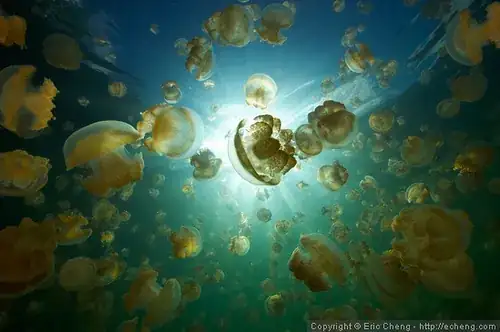I've built a species that does eat, but I would also like them to get some of their energy from the sun. Consider the conditions to be identical to earth as far as the sun and atmosphere is concerned.
They are mammal-like, at least, and one of the side effects is that they don't get sun burns like regular humans do.
I haven't seen any creatures like this here on earth--humans might get some supplementary energy and vitamins from the sun (vitamin D) but these creatures, the more time they spend in the sun, the less they need to eat, provided they aren't expending more energy by working than they are gaining by soaking up rays.
Creature is, on average, 30-40 pounds at adulthood.
My question is this, can a system like this work within a hot-blooded human-like creature on a scientific level? If not, what are my stumbling blocks. If so, how should it work?
NOTE: I have seen this question in my search, but despite the title it doesn't seem to answer this question, especially given earth conditions.
